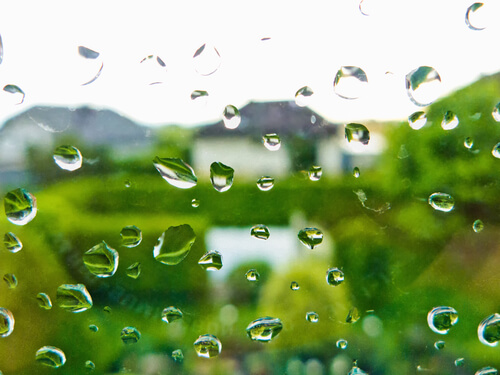by Renee Brigman | Apr 30, 2019 | Uncategorized
Old-timers will tell you the best firewood comes from most any tree that has been cut into logs and well dried or “seasoned” before use, then stacked under covered storage. You really can burn most any tree wood so long as it’s been cured under cover and if you learn...

by Renee Brigman | Aug 14, 2018 | Water Damage
Many people are drawn to our overall mild weather here in SC’s Upstate Region. However, if your home has a chimney, the rain and humidity can play havoc with its structural integrity. In Summertime we are prone to lots of afternoon thunderstorms, and in Wintertime,...
by Renee Brigman | Jan 5, 2017 | Chimney Maintenance
Creosote: noun (kree-uh-soht)- a dark brown or black flammable tar (especially from) wood smoke deposited onto the walls of a chimney Creosote is actually a combination of chemicals that are left behind after woods and coals are burned in the fireplace or woodstove....
by Renee Brigman | Mar 30, 2015 | Chimney Inspection, Chimney Maintenance, Chimney Sweep
Winter is releasing its grip and spring is starting to roll into many parts of the US. Many homeowners are relieved to have the harsh winter weather behind them and are looking forward to tackling some spring-cleaning projects that may have accumulated during the...
by Renee Brigman | Jun 19, 2014 | Chimney Maintenance, Fire Safety
One of the leading causes of chimney fires, according to the Chimney Safety Institute of America (CSIA), creosote build-up is a dangerous fact of life when you have a wood-burning fireplace or stove. Removing creosote deposits from your chimney walls is a big part of...


